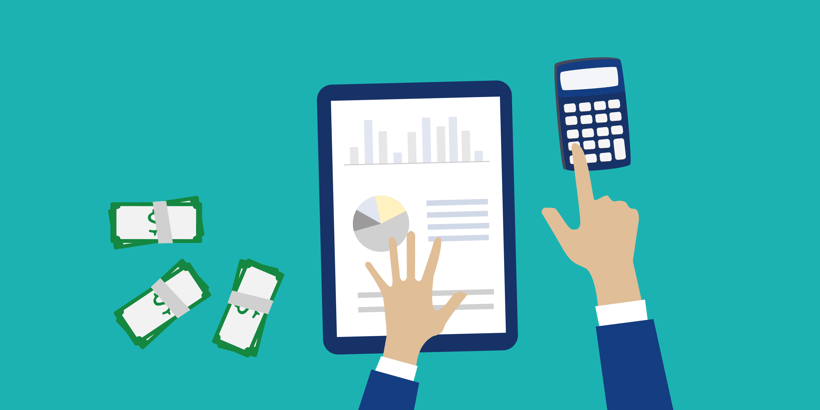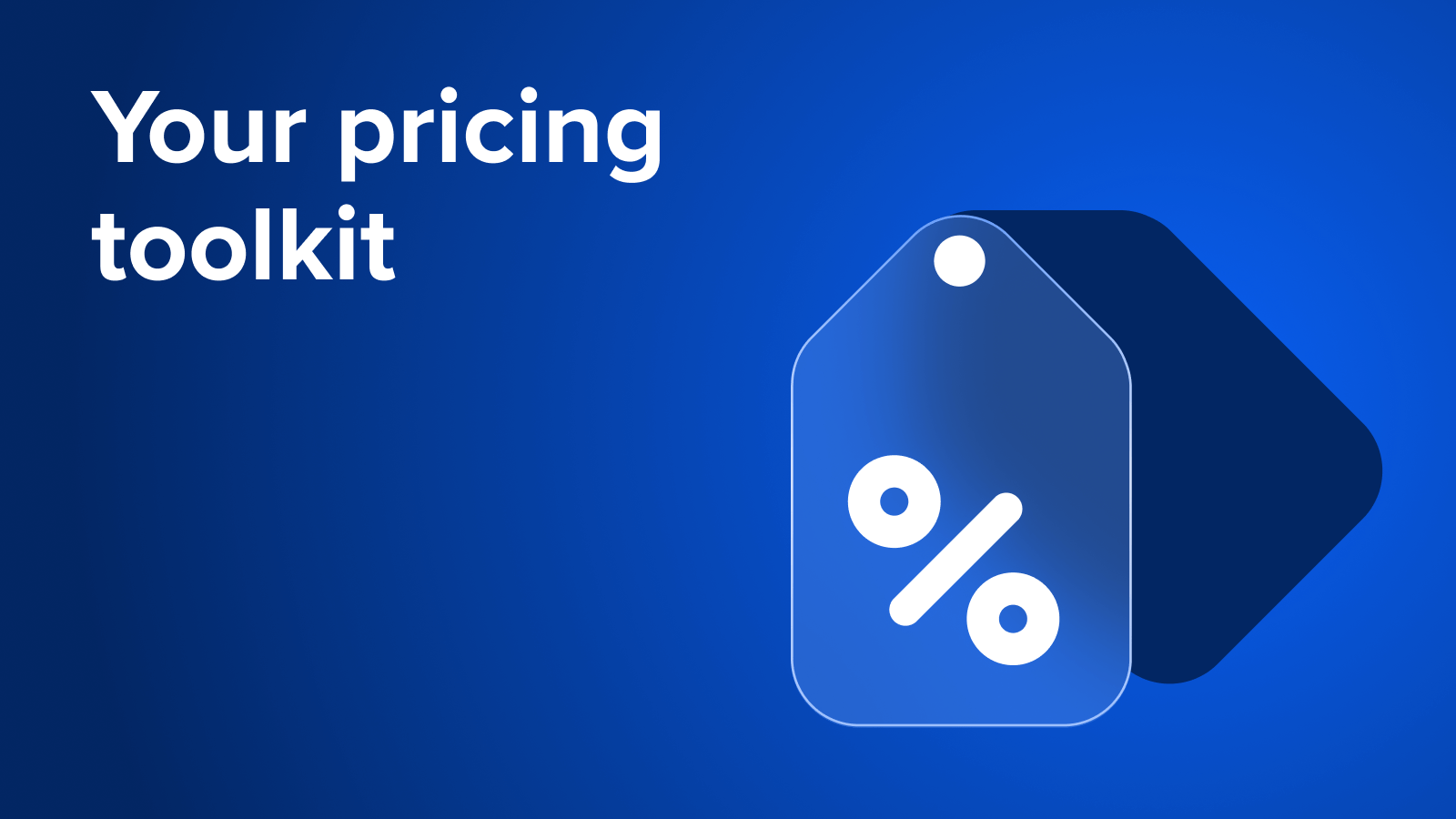4 Strategic Cost Management Strategies Learned in a Pandemic From a CIO

Recently, I was invited by Amazon Web Services (AWS) (who provide an infrastructure platform that assists businesses in accessing IT resources to help them perform better) to speak at Cloud Financial Management on how to drive cloud cost efficiencies.
As the CIO at ROLLER, I’m responsible for managing the Cloud / SRE / IT teams, procuring systems/tools to support business and platform functions, the process for DevOps, Support, Security, and Compliance, and, most importantly, cost management.
During the pandemic, our customer’s venues struggled with a 90% reduction in guest visitation. We wanted to ensure we were doing everything possible to support them in this new environment.
Firstly, we built our cost-saving strategies around the following pillars:
- Visibility, fearless execution and innovation, and leaning on a little help from our friends
- Getting the most value from cloud spend as the best way to contribute to the bottom line as a cost center
- Believing that it was responsible to be frugal as architecting around savings would compound in the long term
From this, we adhered to the following four strategies, which helped us better drive efficiencies, streamline operations and set ourselves and our customers up for steady growth.
1. SEE: Measurement and accountability
We had three main ways of identifying cost concerns:
- Tagging as many resources as we could with a real focus on the most expensive resources until at least 90% of the cost of resources was captured with tags
- Set up cost explorer reports for Prod, Pre-Prod, Backup, Security, Logs, Monitoring, etc.
- AWS budget/cost anomaly detection. Any significant deviation triggered an alarm to our cloud engineers to action immediately
Using these three measurement methods, we successfully implemented an account and tagging strategy, reported and monitored cost and usage, allocated costs more effectively, and measured efficiency/value KPIs.
‘Seeing’ was the first crucial step in this process, as it gave us an accurate overview of exactly where the spending was and how we could adjust and maximize it during the pandemic.
2. SAVE: Cost optimization
Once we identified our cost concerns, we set about optimizing costs in the following ways:
- Re-architecting and re-designing systems for optimal performance
- Eliminating cloud waste
- Choosing the best purchase option
- Evolving with new cloud offerings
We continuously apply updates instead of relying on how things have always been done if it is no longer the most cost-efficient way.
For example, DB’s might need IOPS vs. CPU vs. RAM. We always try to choose the best-suited rather than traditional ratios.
We also stay up-to-date by changing when new instances come out, as using the latest technology is always more cost-effective and means that we are constantly operating most efficiently and effectively, so there’s less waste too.
In these ways, we evolve with the times, eliminate waste, and our customers consistently receive the best experience.
3. PLAN: Planning and forecasting
With our costs optimized, next came the planning and forecasting. We did this through:
- Dynamic budgeting and forecasting
- Estimating workload costs
- Quantifying cloud business value
- Integrating cloud with IT financial management
Traditional budgeting and forecasting are based on standard costing and historical trends. But the COVID-19 era is a dynamic and disruptive time in which we cannot rely solely on traditional methods.
For us, dynamic budgeting and forecasting meant looking at the per-venue cost for each customer every month. We did this monthly to ensure that our budgeting and forecasting were up-to-date, especially in fast-changing times. Looking at this cost in such frequent intervals gave us a clear picture of where costs were going and where they could and should go in the future, and it helped us better manage these costs going forward.
This is something you could do in the management of your venue, too, as looking at the actual costs of things, such as the below, can help you make the most of your budget, forecast more accurately for the future, and reduce waste:
- How much does it cost to get guests into my venue?
- How much does it cost to keep guests in my venue?
4. RUN: Cloud financial operations
Now we’re at the running stage! In the final stage of our cost management strategy, we adopted the following tactics:
- Executive sponsorship for a CFM function
- Aligned stakeholder understanding of costs
- Implemented cloud guardrails
- Evolved process, automation, and tools
We had weekly updates within our team to look at any possible problems, and ensure that everyone was on the same page. We also noticed any new announcements that could help us run our operations better. There is always a saving with new instance types, disk types, or architectural patterns, so we ensured we had an ear to the ground.
We already had a good relationship with our AWS Account Manager, leveraging this during the pandemic. We went to our AWS account manager for help with many things. They helped us by
- Giving us a rather large safety net to comfortably do POC research and development experiments that we wanted to run, and
- Analyzing risky changes that could cause cost blowouts and estimating how much the change would cost
In this way, we had guidance to help us feel more secure in the changes we were making and were confident that they would have a positive impact. And this was very important as we had little room for things to not go as planned in unpredictable times.
You can do this with your account managers, who are there to assist you and have access to a multitude of product and systems knowledge that can help further your business’s success.
So by leveraging your existing relationships, ensuring your stakeholders are aligned and in the know, and continuously evolving your systems, you can save costs, time, AND improve the way your venue operates.
Measure, plan, execute
I firmly believe that when great teams put their minds together toward a common goal, anything is possible.
By accurately measuring costs, optimizing these costs, planning using dynamic budgeting and forecasting, and finally, putting everything into action and taking advantage of new and better ways to do things with the help of strong business relationships, we were able to evolve ROLLER into a company that was different than before the pandemic started. We took a hit, but these strategies were part of the reason why we were able to persevere.
I am proud of my team and our resilient customers, and I hope this piece was valuable to you and that you found things you can take away from our story to apply to your own.
Related articles


What Every Venue Needs to Know About Birthday Parties (from a Parent and a Pro)

2025 Pulse Report Webinar: Operators Unpack the Guest Insights
Enhance your guest experience
Get free education, tips and inspiration to help you run a successful venue.
